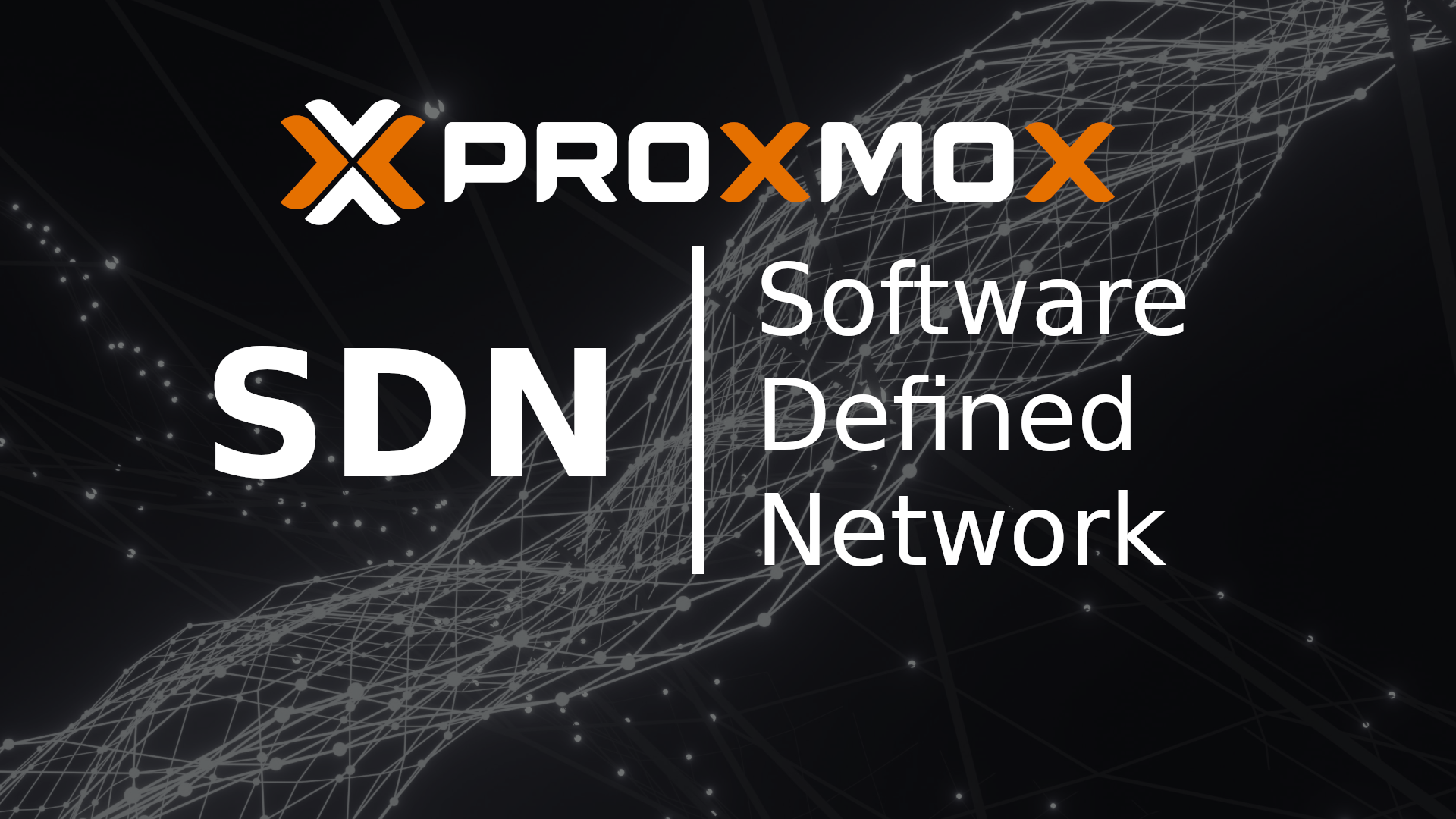Software-Defined Networking (SDN) has become a transformative force in the realm of virtualization, and its integration with Proxmox Virtual Environment (Proxmox VE) introduces powerful capabilities for network management, flexibility, and scalability. In this blog post, we'll explore the role of SDN in Proxmox and how it enhances the overall virtualization experience.
Understanding Software-Defined Networking (SDN):
Software-Defined Networking is a paradigm that separates the control plane from the data plane in network architecture. Unlike traditional network setups where the control and data planes are tightly coupled within network devices, SDN centralizes the control logic, enabling dynamic and programmable network management. This centralized control allows for more efficient network provisioning, management, and optimization.
SDN in Proxmox VE: Enhancing Virtualization Infrastructure:
Proxmox VE, known for its flexibility and feature-rich environment, integrates SDN to provide users with advanced networking capabilities. Here are key aspects of SDN in Proxmox and its impact on virtualization infrastructure:
- Open vSwitch Integration:
Proxmox VE leverages Open vSwitch (OVS), a powerful and open-source software switch, to implement SDN functionalities. Open vSwitch acts as a virtual switch within Proxmox, providing a flexible and programmable way to manage the network traffic between virtual machines and containers. - Network Virtualization:
SDN in Proxmox enables network virtualization, allowing administrators to create isolated and logically segmented networks for different applications, projects, or tenants. This capability enhances security, simplifies network management, and facilitates the creation of complex network topologies within a virtualized environment. - Centralized Network Control:
With SDN, Proxmox centralizes network control, providing a unified view of the entire network. This centralized control simplifies network configuration, monitoring, and troubleshooting. Administrators can dynamically adjust network policies and configurations without the need to touch individual physical devices. - Dynamic Resource Allocation:
SDN in Proxmox allows for dynamic resource allocation within the network. This means that network resources can be provisioned and adjusted on-the-fly, optimizing the use of bandwidth and ensuring that applications receive the necessary network resources based on demand. - Traffic Isolation and Quality of Service (QoS):
SDN enables fine-grained control over network traffic, allowing for the isolation of different types of traffic and the implementation of Quality of Service (QoS) policies. This is crucial for ensuring that critical applications receive the necessary bandwidth and priority, enhancing overall network performance.
Use Cases and Benefits of SDN in Proxmox:
- Multi-Tenancy Support:
SDN in Proxmox is particularly beneficial in multi-tenant environments, such as cloud hosting providers. The ability to create isolated networks for different clients ensures secure and efficient resource sharing while maintaining network segmentation. - Improved Network Performance:
The dynamic nature of SDN in Proxmox enhances network performance by allowing administrators to adapt to changing workload requirements. This adaptability ensures optimal resource utilization and responsiveness in virtualized environments. - Simplified Network Management:
The centralized control provided by SDN simplifies network management tasks in Proxmox. Administrators can define and modify network policies through a unified interface, reducing complexity and streamlining the configuration process. - Scalability:
SDN facilitates scalability in Proxmox by enabling the efficient management of a growing number of virtualized instances. As the virtualized infrastructure expands, SDN ensures that network configurations can be easily adjusted to accommodate the increased load.
In conclusion, the integration of Software-Defined Networking in Proxmox VE represents a significant advancement in virtualization technology. By adopting SDN principles, Proxmox empowers users with greater control, flexibility, and efficiency in managing their virtualized networks. Whether in multi-tenant cloud environments or enterprise data centers, the role of SDN in Proxmox is pivotal in shaping the future of virtualized networking.
